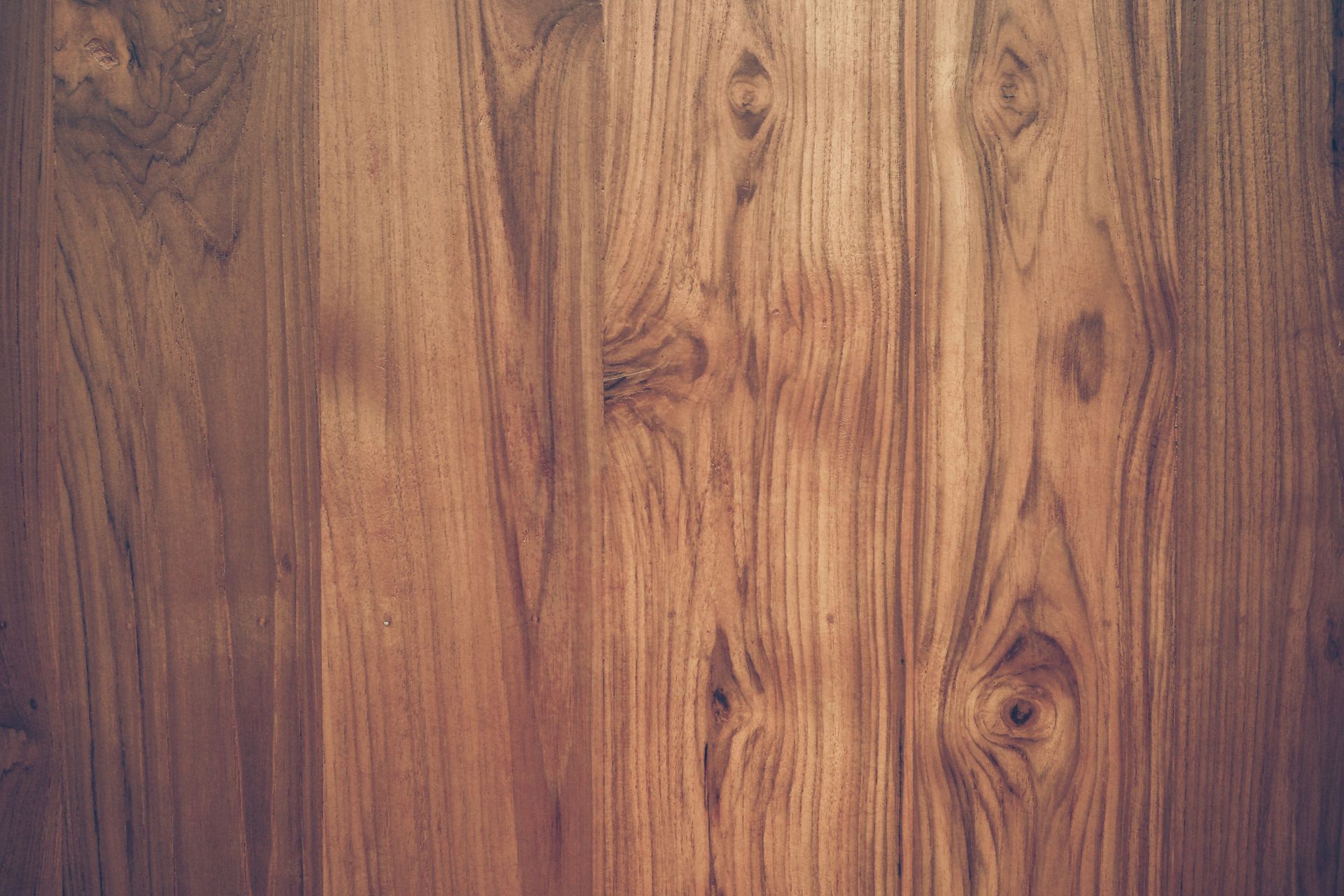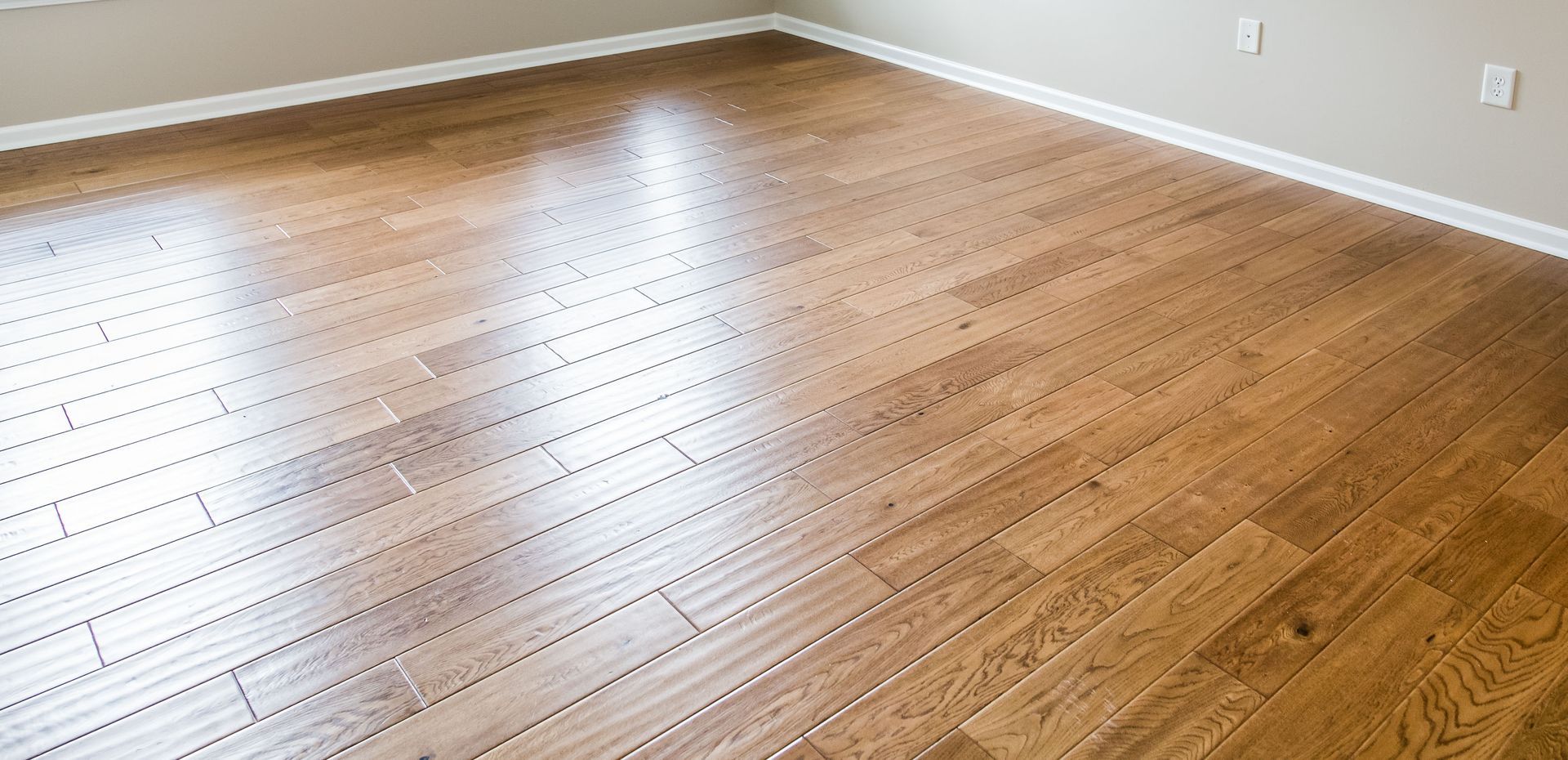How to Identify Different Types of Hardwood
Hardwood is a popular choice in the world of interior design due to its durability, aesthetic appeal, and value. Choosing the right hardwood for your needs is an essential part of selecting the best building supplies for any project. In this guide, we'll explore the key factors to consider when distinguishing between the various types of hardwood.
Examining the Wood Grain
One of the primary ways to identify different types of hardwood is by examining the wood grain. Each hardwood species features a distinct grain pattern that can help you differentiate one type from another. Grain patterns can vary widely, ranging from open and prominent, with swirling or linear patterns, to fine and smooth, with subtle curves or tight, straight lines. Some woods may even display unique knots or irregularities within the grain, adding character and visual interest. Careful assessment of the wood’s grain is integral to the selection process, highlighting the unique beauty each type can bring to your project.
Understanding the Color Variations
Color is another important factor in identifying hardwoods. Each hardwood species has its innate color, which can range from light to dark shades, with tones that may include subtle yellow, gray, reddish, or brown hues. These natural color variations provide valuable clues to their identity and can create diverse effects in any design, from warm, rich tones to cool, understated shades. According to the National Wood Flooring Association, the hardwood industry in the U.S. contributes $4 billion annually to the national economy, highlighting the significant demand and value of these diverse wood types.
Evaluating Hardness and Density
The hardness and density of the wood can also assist in identifying different hardwoods. Harder woods tend to have higher density and are more resistant to wear and denting, making them suitable for high-traffic areas or heavy-duty applications. Softer hardwoods, on the other hand, are generally lighter and have lower density, making them ideal for projects that don’t require high durability or where a lighter weight is preferred. These physical characteristics directly impact the wood's functionality and suitability for various applications.
Identifying different types of hardwood involves an in-depth understanding of grain patterns, color distinctions, and hardness levels. Each wood type brings its unique character and strength, contributing to the overall aesthetic and durability of a project. Ready to find the perfect hardwood for your next project? Contact Timeless Forest Products Inc today to explore our wide range of building supplies and get expert guidance on selecting the best materials for your needs!

Learn More About Timeless Forest Products
Located in Newnan, GA, Timeless Forest Products Inc specializes in hardwood flooring, fasteners, tools, and specialty wall and ceiling products. In-store pickup and local delivery. Special orders available. Competitive pricing. Give us a call.
serving
Newnan, GA
and surrounding areas
Business Hours
- Mon - Fri
- -
- Sat - Sun
- Closed




Share On: